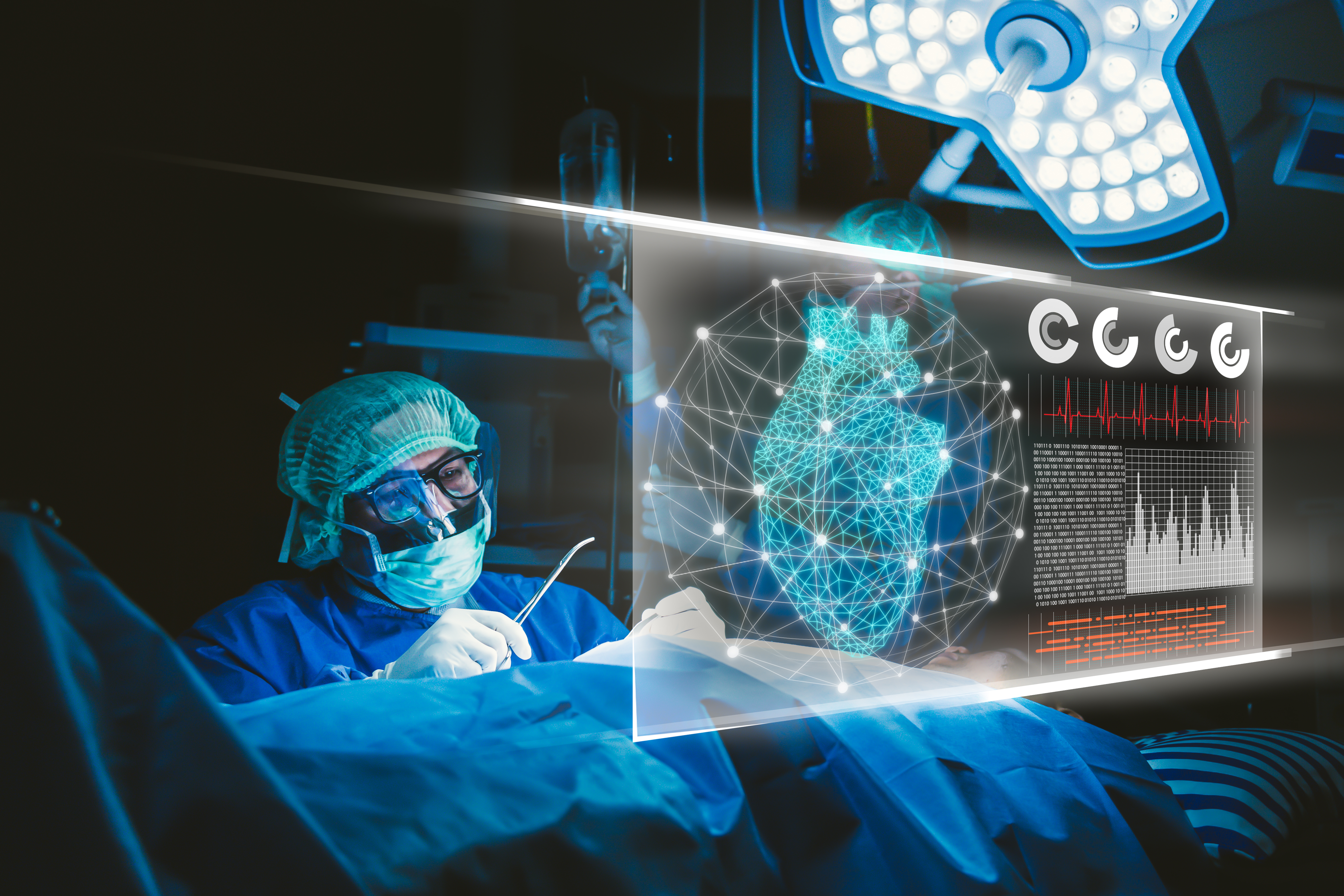…potential lies between what is and what could be - Kim Butler
Medical sensors enabled with Artificial Intelligence (AI) are on the verge of commonplace: we’re nearing a tipping point. Currently they’re being used to solve complex problems, like learning how skin breaks down due to applied pressure and other conditions. Machine Learning (ML) is assimilating this data, helping to inform clinicians and maximize performance of equipment used to prevent pressure injuries in the first place.
To date though, the data collected hasn’t been optimally aggregated for the purposes of clinical interpretation or visualization, but has rather been distilled into largely disconnected silos.
What would the results be of an ideal aggregation?
-
Better medicine and better health outcomes for patients, where AI and ML act as an assisted clinical system for the superior treatment and prevention of events like pressure ulcers;
-
More lives saved. 60,000 patients die annually in the US from pressure ulcers alone;
-
Increased efficiency in equipping devices to act in the interest of improving patient care; and
-
Considering the cost to hospitals can be as high as $70,000 to treat a single, full-thickness pressure injury, dramatic cost savings for healthcare facilities.
What We Know
AI enabled systems monitoring like XSENSOR’s Intelligent Dynamic Sensing technology is allowing clinicians to evolve from a system that simply reacts to patient deterioration into a system that predicts and prevents events like Hospital Acquired Pressure Ulcers/Injuries (HAPU/I’s). The real-time integration and analysis of large-scale data sets frees clinicians from the very human limitations of information overload and processing. At the same time it’s building an expanding volume of smart data to continually improve upon the outcomes.
The power of analytics and prediction allows for the advance of prescriptive medicine, starting with the earliest phases of an incipient and potentially critical condition.
For the growing collection of monitoring and testing data to be clinically valuable, it must be integrated in real-time within the entire spectrum of clinical data to ensure the delivery of timely, high quality patient care. To this end, an important next step in handling the impending explosion of data generated by critical care patients is data harmonisation – that is, data is neither valuable nor “smart” without being positioned within a larger context.
The combination of AI-enabled data and complex computer-assisted machine learning analysis allows for a progression from comparatively unsophisticated analytics where the goal is simply to describe what happened (or will happen), through to the more difficult and game-changing diagnostic exercise of understanding why something happened in the first place.
The Medical Sensors Market
Technavio monitors the global medical sensors market, reporting that it’s poised to grow by $6.21 billion USD between 2019-2023 at a CAGR of 9%, with the overall medical sensors market expected to reach a value of $19 billion USD by 2024.
In practice, this means the face of care where HAPU/I’s are concerned is rapidly changing and will continue to do so. The old, familiar system where we triage or simply react to injury, illness, infection or tissue damage is giving way to a superior system of prediction, proactive measures and prevention. In fact, preventing the condition that causes the pressure injury offers the potential to virtually eliminate the most common and disturbing problems related to HAPU/I’s.
The challenge for clinicians today is that the conditions that lead to pressure injuries aren’t monitored at all, but merely observed. While most clinicians simply manage severe tissue damage, with the help of AI, ML and the evolution of smart sensing data, they’ll instead be able to effectively predict and prevent it in most patients to begin with.
Where We’re Going
Certainly, improving clinical, operational and financial outcomes through better workflows and smarter use of data is a primary focus of AI-enabled medical technology, generally. Where medical sensors are concerned, because we know that AI excels at identifying interesting correlations, what would happen if we had a machine-learning output integrating data not just from patient learning by clinicians, but from researchers and others as well?
For example, AI can aggregate a patient’s data in a way previously impossible, providing potentially change-making guidance in helping to make an assessment and/or a diagnosis: imagine having access to an instant meta-analysis of a patient’s history and genetics alongside details related to any other pre-existing conditions. This is remarkable – and attainable - from the perspectives of prevention and prescription, alike.
AI not only removes human imprecision but quickly digests and makes sense of vast amounts of divergent data sets resulting in outputs that are both patient-specific and actionable. Knowing when a pressure ulcer is about to occur is insufficient in itself, for example, but with “trained” data of the kind that XSensor medical sensing products offer, we can know when to turn a particular patient under very specific conditions: how to turn them, how often, at what inclination the bed should be at, etc.
Clearly, clinicians also need to take the time to understand the data sets, and not simply feed ever more data into the algorithm simply because we can. How the data outputs guide our human interaction with patients is what’s most important. This perspective is more “assisted intelligence” than pure “artificial intelligence.”
At XSENSOR we’re equipping both clinicians and products alike (like beds and other support surfaces) to respond to various AI data outputs, resulting in a high level of decision support for clinicians to then apply their expertise. This kind of process and context helps to build trust in the technology and set ever higher goals for what AI can do in medical sensing and beyond.

